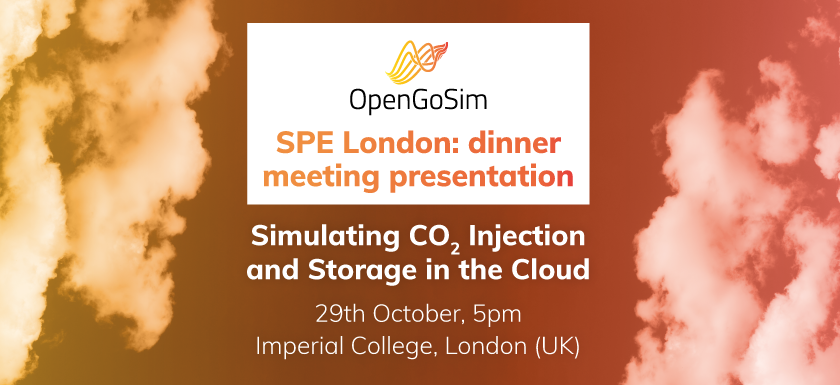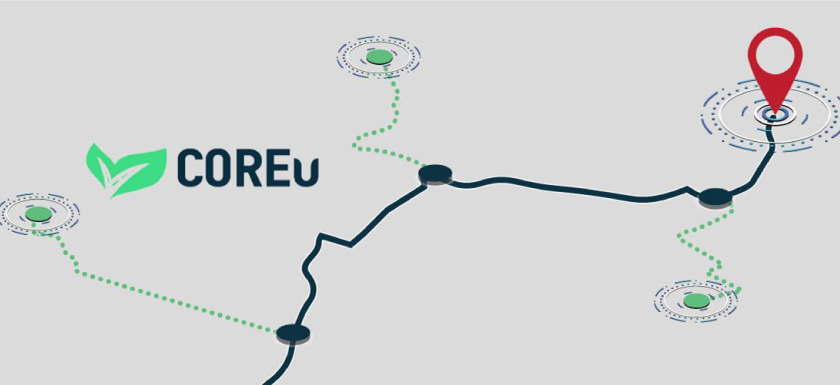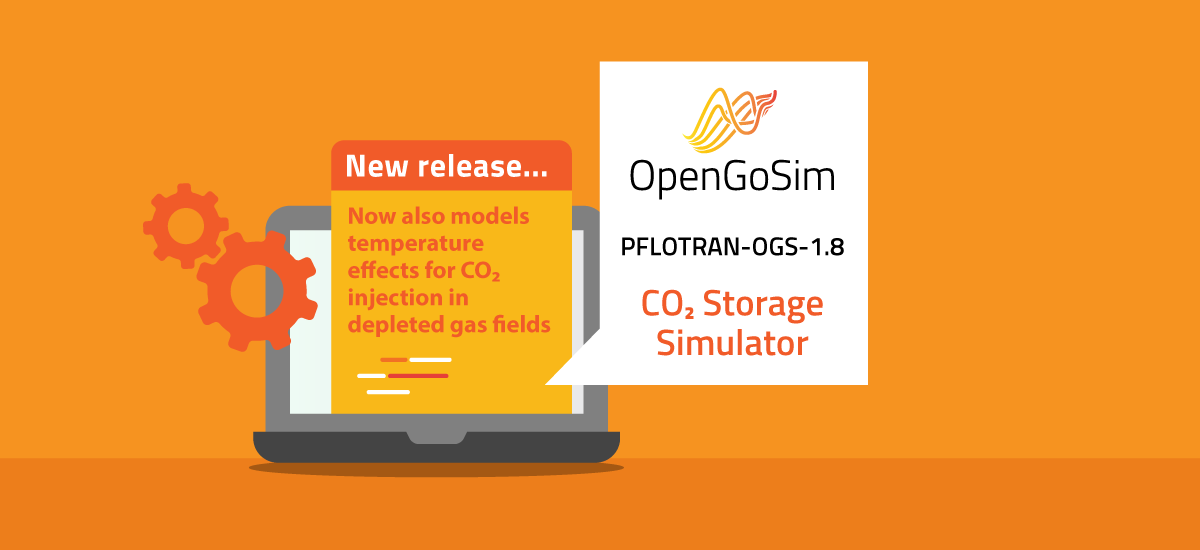
Simulating CO2 Injection and Storage in the Cloud, 29th Oct 2019, 5pm, London
CO2 injection into reservoirs or aquifers involves tracking a highly mobile fluid, potentially over a long period of time. Both the initial injection pattern and the formation and movement of the CO2 plume depend on the details of the geological model. Temperature effects can be included and high-quality models of the CO2-brine PVT behaviour are required. The need for high resolution combined with long simulation timescales make this type of simulation computationally demanding, but the use of cloud technology offers cost-effective and powerful highly-parallel computing resources to solve these problems. Examples are given of effects that can be modelled and of results that can be obtained.
To register click on https://www.eventbrite.co.uk/e/spe-dinner-meeting-tuesday-29-october-simulating-co2-injection-and-storage-in-the-cloud-and-tickets-74613265285
Imperial College, Royal School of Mines, Prince Consort Road, London SW7 2BP, http://www.imperial.ac.uk/
A buffet will be served after the presentation.
Speaker
Paolo Orsini is the founder and MD of OpenGoSim. He has been working on CO2 modelling since 2013, when he also got involved in PFLOTRAN development. After an M.Sc. in mechanical engineering, he acquired a PhD in numerical analysis applied to groundwater. Before OpenGoSim, he worked as consultant in groundwater and CO2 storage projects.
Dave Ponting, the most senior developer at OpenGoSim, will also be present in the audience to take part in the technical discussions.




